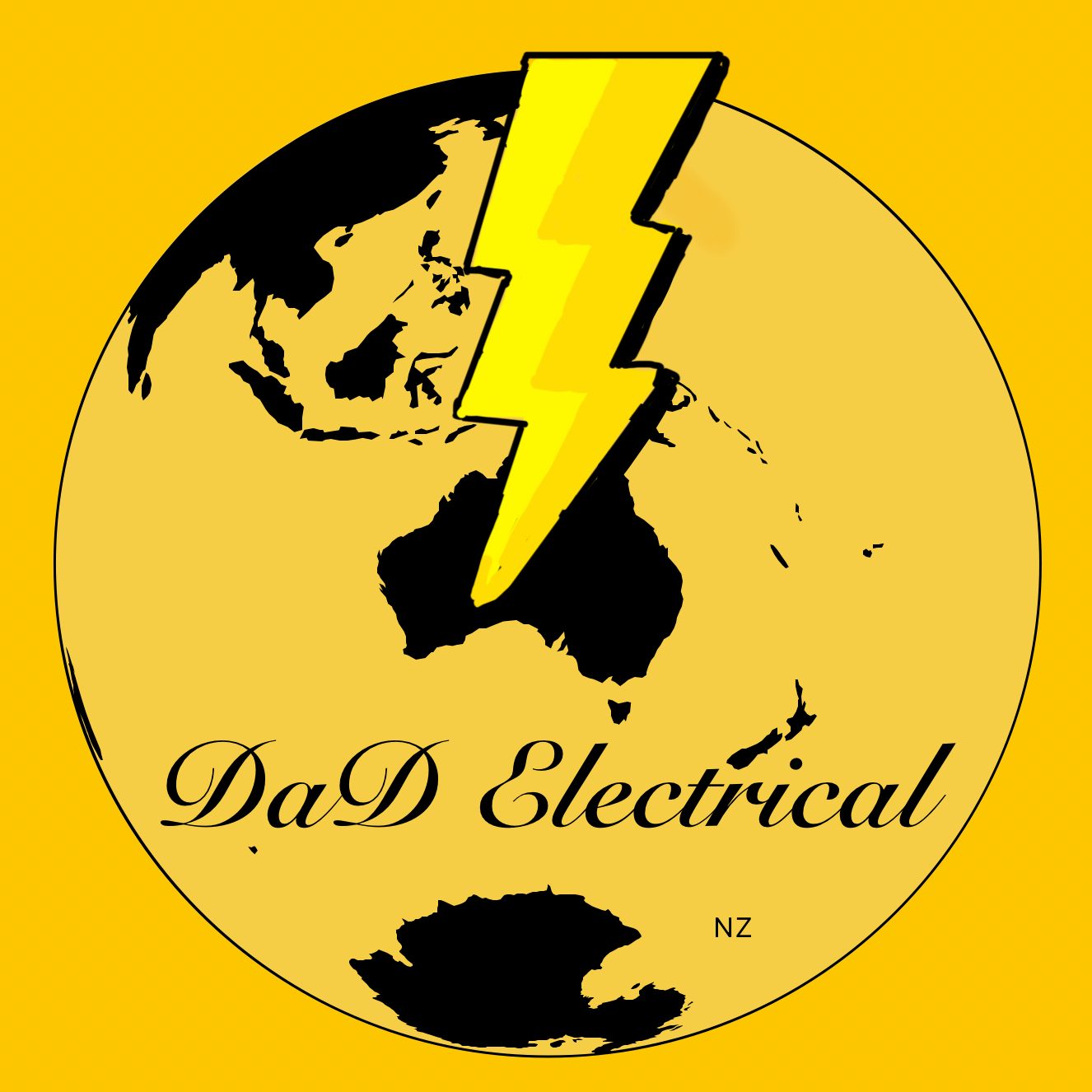When working in hazardous environments, compliance with safety standards is critical. Two widely recognized standards for electrical equipment in explosive atmospheres are IEC/EN 60079 and AS/NZS 60079. While both are closely related, key differences exist to accommodate specific regional requirements. Understanding these differences ensures compliance and enhances workplace safety.
What is IEC/EN 60079?
IEC 60079 is an international standard developed by the International Electrotechnical Commission (IEC). It provides guidelines for:
- Hazardous area classification.
- Equipment protection levels.
- Installation, maintenance, and inspection requirements.
EN 60079 is the European adaptation of this standard, harmonized under the ATEX Directive (2014/34/EU) to ensure compliance within the European Union.
What is AS/NZS 60079?
AS/NZS 60079 is the Australian and New Zealand adaptation of IEC 60079, published jointly by Standards Australia (AS) and Standards New Zealand (NZS). While it aligns closely with the IEC standard, it includes modifications to meet local regulations and environmental conditions.
Key Differences Between IEC/EN 60079 and AS/NZS 60079
| Aspect | IEC/EN 60079 | AS/NZS 60079 |
|---|---|---|
| Regulatory Framework | Aligned with IEC standards, used internationally. | Adapted for Australian and New Zealand regulatory compliance. |
| Certification Schemes | IECEx (global), ATEX (EU). | IECEx is recognized, but ANZEx may be required for local approval. |
| Equipment Marking | Follows IECEx/ATEX marking conventions. | May require additional markings for local compliance. |
| Wiring Practices | Global wiring requirements. | Must comply with AS/NZS 3000 (Wiring Rules), which may be stricter. |
| Installation and Maintenance | Defined under IEC 60079-14 and 60079-17. | Local adaptations in AS/NZS 60079-14 and AS/NZS 60079-17. |
| Hazardous Area Classification | General classification for explosive atmospheres. | Aligned with AS/NZS 4761 for competency requirements. |
| Environmental Considerations | Global approach. | Adapted for extreme climates (e.g., high UV exposure, temperature variations). |
| Inspection and Competency | Based on IEC standards. | Requires compliance with AS/NZS 4761 and AS/NZS 60079-14 for competency training. |
Why Does This Matter?
- Certification & Compliance
- IECEx certification is globally recognized, but ANZEx approval may be needed for Australian and New Zealand markets.
- Some industries require dual certification (IECEx + ANZEx) for equipment used in hazardous locations.
- Wiring and Installation Differences
- AS/NZS 60079 must comply with AS/NZS 3000 (Wiring Rules), which may introduce stricter requirements.
- Special considerations for corrosion resistance, UV exposure, and temperature extremes.
- Competency and Training
- AS/NZS 4761 sets training and competency standards for electrical workers handling hazardous areas.
- Training requirements are often stricter than IEC standards.
- Inspection and Maintenance
- AS/NZS 60079-14 and AS/NZS 60079-17 include additional safety checks tailored for local industrial environments.
Conclusion
While IEC/EN 60079 serves as a global benchmark, AS/NZS 60079 tailors these standards to meet Australian and New Zealand regulatory, environmental, and safety requirements. If you’re working in hazardous areas within these regions, staying compliant with local standards is crucial to ensure safety and avoid regulatory issues.
For expert guidance on electrical compliance in hazardous areas, contact DaD Electrical today!

Leave a Reply